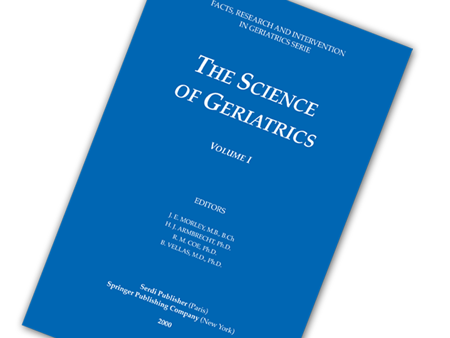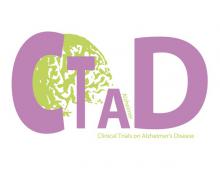Evaluating different approaches to identifying frail home care clients at risk for adverse health outcomes is an important but understudied area. The objectives of Campitelli et al were to determine the prevalence and correlates of frailty in a home care cohort, Frailty prevalence varied by measure (19.5, 24.4 and 44.1 %, for full FI, modified FI and CHESS, respectively) and was similar among female and male clients. All three measures were associated with a significantly increased risk of death, LTC admission and hospitalization endpoints in adjusted analyses but their addition to base models resulted in modest improvement for most AUC estimates. There were significant differences between measures in predictive accuracy, with the full FI demonstrating a higher AUC for LTC admission and CHESS a higher AUC for hospitalization – although none of the measures performed well for the hospitalization endpoints. The different approaches to detecting vulnerability resulted in different estimates of frailty prevalence among home care clients in Ontario. Although all three measures were significant predictors of the health outcomes examined, the gains in predictive accuracy were often modest with the exception of the full FI in predicting LTC admission. Our findings provide some support for the clinical utility of a comprehensive FI measure and also illustrate that it is feasible to derive such a measure at the population level using routinely collected data. This may facilitate further research on frailty in this setting, including the development and evaluation of interventions for frailty.
Toronto, BMC Geriatr. 2016 Jul 7;16(1):133



